|
As you probably know, the digitization of music has reached a tipping point. And how amazingly convenient it is. I love being able to find almost any music I want in an instant, and play it through Spotify. I love using curated playlists from services like Pandora and Google Play Music. I am absolutely astounded by how these services allow us to find, organize, and play music of so many genres without having to navigate something like this: I feel so much cooler now that I don't have to walk around with one of these: And it is so awesome that I can play music uninterrupted for hours without investing in one of these behemoths: As a consumer of music, this new world ROCKS - what an amazing gift technology has brought us. This is a truly magical time! I feel like this puppy: But, as an Artistic Director of an independent classical music group, these magical times terrify me. I actually feel more like this: Why? Well, there are two big problems, and no easy solution. If you are a music lover, and especially if you love music of any kind from artists who do not top the international charts, I hope you will read this and consider your music purchasing behavior over the next few years. Problem 1: Awesome technology has seriously eroded dollars spent on musicThis is the obvious part of the story, but here’s a little data, just to make it real. Not surprisingly, physical CD sales are dwindling...to the tune of 8-10% a year over the last decade. This is pretty damn bad. Companies go bankrupt very quickly in markets with fundamentals like this. “Well,” you might say, “of course physical sales are down, but digital downloads of albums are up, right?” Actually, no, not anymore: "Wait, that's album sales, though....aren't single track downloads still rising? Nope: The most recent reports show digital downloads shrinking even faster than physical CD sales. Many music industry analysts believe that CDs will actually outlive downloads as a format. What is on the rise? Well, pretty much the only thing on the rise is streaming. On the upside, paid streaming is a LOT better than pirated streaming (like Napster). But, it is not nearly the lifevest that is needed for the recorded music industry to recover all of the value lost over the past decade. Even with massive growth in streaming, the global music industry (largely represented by the major labels and distributors, not the artists) grew less than 1% in 2015. It makes sense, right? Why on earth would you ever buy an album if you can stream it instantly from your phone for free (at best) or for an "all-you-can-eat" price of $10 a month for more music that you could ever listen to? For a whole generation that came of age in the last decade, the idea of buying music in physical album form is as foreign as a rotary telephone. Pretty soon, the digital download will be the same. The ash heap of antiquated music technologies will then look like this: What does this all mean? Well, to get really technical, In a world where the amount of music that has ever been recorded is growing, kind of like this: And when the amount of money is shrinking or stable, kind of like this: The dollars available for each piece of new recorded music looks kind of like this: Or alternatively, like this: It's not a great situation. To make matters worse, there's... Problem 2: Very few dollars spent on music ever make it to the artistsSince we were just talking about streaming, let’s start there. How economically different is streaming for an artist than selling an album? Let’s imagine for a moment that there are just two options in the world for listening to music:
For Option A, let’s assume you pay the artist $20 for the disc, and we’ll estimate that the artist paid $2.50 to actually print the CDs and booklets. The artist nets $17.50. For Option B, let’s assume you listen to the entire album of 16 tracks on Spotify. The average track play on Spotify nets an artist .7 cents per play. Not 7 cents, 0.7 cents [$00.007]. For this full play of the album, the artist nets $0.11. Let’s just graph that up: Yikes! But wait, what if you played it a lot? Wouldn’t it get better? Well, of course, but it would take a LOT of plays. To be as well off as the $17.50 in Option A, it would take 2500 track plays. What does that mean exactly? If you listened to music for 14 hours a day every day, you would have to listen to NOTHING but that album for 12 days straight. Even if it is GREAT music, this would make almost anyone look like this: Or, perhaps more reasonably (?), let’s just imagine that you listen to the whole album just once per day. Because even if you love an album, once a day is enough, right? That would just mean listening to the album only on the days circled on this calendar: Ok, that's a lot of days! To think about it a different way, these two scenarios would be economically equivalent.
That's right! If you convinced ALL of these tiny smiling faces to listen to a track on Spotify: It would net the same amount of revenue as convincing all of these smiling faces to buy a physical album: This last makes me particularly queasy, as it means that the return on investment for any marketing in this age is bound to be remarkably low. You just need SO MANY people to listen. So, streaming (at least as it currently exists), is a bad substitute for album sales. Scary bad. Hopefully it will change in the future, but it won't happen overnight. Let’s add another option to our list above:
Amazon is now the top retailer of music in the US – they sold 24% of all CDs in 2014, and I’m guessing that number has gone up. Amazon reviews are incredibly important to album sales, and Amazon lists of top sellers help set the conversation of the market. Amazon is hard to ignore. Let’s imagine an artist decides to sell her album to Amazon at a wholesale price of $10. The album still cost her $2.50 to physically produce. In that situation, where does the money go? Yep, that’s right, Amazon nets the majority of the sale, and takes home more than the artist. I understand that Amazon provides an amazingly convenient service that consumers love, but boy, does that stat make me sad. Especially given articles like this. Now that we’ve been a little depressed by that, let’s add a fourth option to our list:
This is certainly better than streaming, and the artist doesn’t have to go through the cost of buying a CD. A $10 download on iTunes might result in the artist getting a check for $6.75 a few months after you downloaded the album. So, just to sum up the economics we just talked about, here’s what an artist nets in each of several scenarios: To this point, we haven’t considered ANY of the costs of creating a recorded album. These probably include:
Let’s look at those in our conclusion… Conclusion: Creating new independent recordings (other than pop smash hits) may not be a viable business for much longerTo illustrate this, let’s imagine that a non-pop-mainstream musical group has a compelling new project they would like to record. They could be independent, classical, folk, whatever you like. If the artists themselves donated their time to the project (E.g., composed music, rehearsed it, and recorded it for free), the costs to put together the average album might look something like this: Ok, $13,000 doesn’t sound too bad, right? What would it take to make that back? [By "make it back" I mean cover costs - before generating any actual profit from the recording.] Well, it could take a variety of forms, but here’s one path to recovering just those costs in today's world: Hmm. Ok, what if we want the musicians to actually be compensated for their efforts? [Let's assume that the work is in the public domain - ignoring for now the possibility of a living composer, which would add to the cost as well.] Again, we’re estimating, but what if there were 16 professional musicians involved in the project, and they wanted to make a modest $25/hour for their time rehearsing and recording the project? [Aside: I believe that professionals should make much more than this, which is a whole different post altogether; I just choose this modest amount to illustrate the point. These could be people trying to make a living in the music industry, and have bills they need to pay.] The costs would then look like this: And the breakeven would be: That may not sound daunting, but, in the current music market, it truly is. To put this in perspective, if this were a classical album, it would likely need to be in the top 10 on the Billboard Classical chart for 6 straight weeks to reach this break even. That’s a tall order for anyone who is not Andrea Bocelli or Yo-Yo Ma. (Or the Star Wars sound track, the current #1 at the time of this post...). And that is based on the world today. What if we fast-forward to a world where streaming is the only form of revenue? At current stream rates, it would take 3.7 million track streams just to break even on this hypothetical project. Over 1% of all Americans would need to stream 1 track. That the equivalent of everyone in the state of Connecticut or the entire country of Panama. See this stadium? You would have to fill that stadium 34 times with different people who have sampled a track to break even on this relatively modest project. Can this possibly be viable in the future? It has never been easy for musicians to make money, but I fear the economics are turning even more sharply against artists. In a world with ever-growing (seemingly infinite?) content available, future economic rewards are likely to land disproportionately in the pockets of those companies who are able to use technology to harness and curate the vast amount of art available. That is a valuable thing, of course. But what about the art itself? What about the artists? What happens to new art creation in a world where people are conditioned to believe that music is free? Some artists will be more likely to succeed in this new world - particularly those who are clever and adaptable to technological and societal trends around digital content consumption. But many others will not. Great artists are not necessarily great digital marketers or technical gurus. Some great art will not happen. Important recordings will never take place, because it will not make economic sense. A reasonable person might say: "Yes, Matthew, but isn’t this just an issue of simple supply and demand? It seems that there is just too much recorded music already available, and the willingness to pay is low simply because there is so much of it. We have enough albums already, we don’t need to make any more unless they are going to be heard by millions of people." If you believe that the popularity of music is the only measure of its value, and you think that only artists who make the top 40 are worthy of documenting their work and reaching people through their recordings, this is exactly right. You can close this page now. But, I don’t believe that. I believe that it is vital that performing musicians feel inspired and financially able to record music that will not be #1 on the pop charts. I believe that a rich society needs living performers of music of many genres. I believe that audiences of independent artists want to have recordings of their favorite musicians so that they can be moved by music outside of live performances. I believe that there are relevant and new artists and compositions that need to be added to the existing canon. I believe that artists need recordings of their work to help reach audiences they never see in person. Most of all, I believe we need active artists in our world, as art has the power to bring human beings together in a time when our politics, our culture, and our global economy often have a tendency to divide us. I think things need to change. But how?
|
| Heyr þú oss himnum á, Guð. Heyr þú oss himnum á, hýr vor faðir, börn þín smá, lukku oss þar til ljá líf eilíft þér erfum hjá, og að þé r aldrei flæmumst frá. Þitt ríki þró ist hér, það þín stjó rn og kristni er, svo að vé r sem flestir, Guð, til handa þér, fegin yfir því fögnum vér. Síst skarta sönglist má, sé þar ekki elskan hjá, syngjum þvíþýtt lof þá, Þér, Guð drottinn, himnum á, Maður rétt kristinn mun þess gá . En þegar aumir vér, öndumst burt úr heimi hér, oss tak þá , Guð, að þér, Í þá dýrð, sem aldrei þver. Amen, amen það eflaust sker. | Hear us in heaven, O God. Hear us in heaven, loving Father, as we, your small children, ask for the fortune to receive eternal life. We shall not stray from your path. May we help your kingdom to grow here on earth. Following your guidance, we gather around in your name, and gladly celebrate. We cannot make a joyful song unless we are moved by love. So let us sing our gentle praise to you, Lord God, in heaven, as the truly faithful have done. When our poor souls pass away from this world, take us God to you, into your everlasting glory. Amen, Amen, may this be done. —Old Icelandic Psalm |
We who remain
Funeral Ikos, John Tavener
At this point on the disc, our protagonist has crossed over to what may lie beyond.
We are left here, on earth, wondering what has happened.
Our program returns to John Tavener, and his Funeral Ikos (with a text from the Greek Orthodox Order for the Burial of Dead Priests) ponders the mystery of where our loved ones have gone and where we may someday go ourselves.
The piece is a simple chant, and over-analysis defeats the purpose. We strove to deliver the text in as compelling and honest a way as we could.
The only thing I will offer is that Tavener’s indicated tempo is far faster than any professional recording I have heard before ours. At this faster tempo (still slightly below the 88 beats per minute in the score), I think the piece takes on an urgency and an emotional life that is missing in slower versions.
The piece and the album end on a stark open fifth. We have progressed through a series of dreams and visions, and witnessed someone cross over into the beyond, but we as humans on earth still lack a clear image of what is to come.
We are left here, on earth, wondering what has happened.
Our program returns to John Tavener, and his Funeral Ikos (with a text from the Greek Orthodox Order for the Burial of Dead Priests) ponders the mystery of where our loved ones have gone and where we may someday go ourselves.
The piece is a simple chant, and over-analysis defeats the purpose. We strove to deliver the text in as compelling and honest a way as we could.
The only thing I will offer is that Tavener’s indicated tempo is far faster than any professional recording I have heard before ours. At this faster tempo (still slightly below the 88 beats per minute in the score), I think the piece takes on an urgency and an emotional life that is missing in slower versions.
The piece and the album end on a stark open fifth. We have progressed through a series of dreams and visions, and witnessed someone cross over into the beyond, but we as humans on earth still lack a clear image of what is to come.
Welcome to part 2 of the story of Crossing Over, where we continue the narrative of our album. To read part 1, click here.
A painful memory
Requiem, Jón Leifs
After a moment of stillness and clarity in the Kedrov Our Father, we shift to a new harmonic center for Leif’s stunning Requiem, dropping a minor third to A. We retain the homophonic texture of the Kedrov, but it becomes shrouded by an aching feeling of grief.
For someone nearing death, I feel this is one of those blurred dreamlike images of things long past – of dear ones loved and lost. A duality between joy and sadness: grieving for loved ones whose lives have ended, but grateful for a life filled with love.
Leifs is best-known for his orchestral music, which is quite tempestuous (described as “brutal” and “primordial”), and oft based on natural phenomena of his extremely geologically volatile native country of Iceland (think volcanoes and waterfalls).
His Requiem is quite different in feel than the rest of his output, likely because it emerged from a time of profound personal tragedy.
In 1947, his daughter Lif drowned while swimming off the coast of Sweden shortly before her 18th birthday. In the weeks that followed, Leifs composed his Requiem while his family was bringing her body to Iceland for burial.
Our image from the album notes attempts to capture the profoundly somber feeling of the piece.
For someone nearing death, I feel this is one of those blurred dreamlike images of things long past – of dear ones loved and lost. A duality between joy and sadness: grieving for loved ones whose lives have ended, but grateful for a life filled with love.
Leifs is best-known for his orchestral music, which is quite tempestuous (described as “brutal” and “primordial”), and oft based on natural phenomena of his extremely geologically volatile native country of Iceland (think volcanoes and waterfalls).
His Requiem is quite different in feel than the rest of his output, likely because it emerged from a time of profound personal tragedy.
In 1947, his daughter Lif drowned while swimming off the coast of Sweden shortly before her 18th birthday. In the weeks that followed, Leifs composed his Requiem while his family was bringing her body to Iceland for burial.
Our image from the album notes attempts to capture the profoundly somber feeling of the piece.
Only five minutes in length, he sets a collage of Icelandic folk images and poetry.
The text is quite spare, focusing on simple images of death in nature, interspersed with highly personal poetic excerpts that bring Leif’s own tragedy into focus.
The music reflects this simple elegance. The feel is of a gentle but moving funeral procession in the Icelandic folk tradition (andante, molto tranquillo). The strong downbeat of each bar also creates an almost wave-like motion to the music, which is particularly compelling given the story of the piece.
Almost the entire piece is some variation of an A chord – major, minor, and an open fifth. The harmonic shifts through these variations are sudden and frequent, like the pangs of remorse and happy memories that come during a time of tragedy - it is as if every few measures takes us through several stages of grief.
As you listen to the recording, glance at the text and translation provided below. One of our own basses, Peter Walker, spent a lot of time crafting and editing an existing version of the English translation because he was passionate about retaining the metrical feel and powerful alliteration of the original Icelandic lullaby form. Peter read this in our concerts before we sang the piece, and I think it took the experience to an entirely new level for all of us.
| Sofinn er fifill fagr í haga, mús undir mosa, már á báru, lauf á limi, ljós í lofti, hjörtr á Heiði en í hafi fiskar. Sefr sell í sjó, svanr á báru, már í holmi, maangi au svæfir. Sofa manna börn í mjúku rúmi, bía og kveða, en babbi þau svæfir. Sof þú nú sæl og sigrgefin. Sofðu eg unni þér. Sofinn er fifill fagr í haga, mús undir mosa, már á báru, Blæju yfir bæ búanda lúins dimmra, drauma dró nóttúr sjó. Við skulum gleyma grát og sorg; gott er heim að snúa. Láttu þig dreyma bjarta borg, búna þeim, er trúa. Sofinn er fifill fagr í haga, mús undir mosa, már á báru, Sof þú nú sæl og sigrgefin. Sofðu, eg unni þér. From Icelandic folk poetry and Magnusarkvioa by Jonas Hallgrimsson | The fair flower sleeps in the field, The mouse under moss, The mew gull on the swell, The leaf on the limb, The light in the lofty air, The hart on the heath, And the haddock in the ocean. The seal sleeps in the sea, The swan on the wave, The mew gull on the rock-isle, With no one to lull them. The young child sleeps In a soft bed, Cooing and prattling, As a parent lulls her. Sleep now saintly and sanctified. Sleep, I love you. The fair dandelion sleeps in the field, The mouse under moss, The mew gull on the swell, A veil covers the village The man is very tired Dreams drew dark night from the sea. We should say goodbye To grief and sorrow, And go home to happiness. May you dream of the shining city, Where the souls of the faithful dwell. The fair dandelion sleeps in the field, The mouse under moss, The mew gull on the swell, Sleep now saintly and sanctified. Sleep, I love you. Poetic English translation edited and modified by Peter Walker (source of original translation unknown) |
Denial
Heliocentric Meditation, Robert Vuichard
Excerpts from Meditation XVII
PERCHANCE he for whom this bell tolls may be so ill that he knows not it tolls for him...
…Who casts not up his eye to the sun when it rises?...No man is an island…every man is a piece of the continent, a part of the main…All mankind is of one author, and is one volume; when one man dies, one chapter is not torn out of the book, but translated into a better language…God’s hand is in every translation, and His hand shall bind up all our scattered leaves again, for in that library every book shall lie open to one another…Never send to know for whom the bell tolls; it tolls for thee.
—John Donne
PERCHANCE he for whom this bell tolls may be so ill that he knows not it tolls for him...
…Who casts not up his eye to the sun when it rises?...No man is an island…every man is a piece of the continent, a part of the main…All mankind is of one author, and is one volume; when one man dies, one chapter is not torn out of the book, but translated into a better language…God’s hand is in every translation, and His hand shall bind up all our scattered leaves again, for in that library every book shall lie open to one another…Never send to know for whom the bell tolls; it tolls for thee.
—John Donne
After the achingly sad but somewhat disembodied Reqiuem, our next piece takes us to a more outwardly expressive place, in a world premiere recording of Heliocentric Meditation by composer Robert Vuichard.
I feel this piece as the apex of the album.
For the person approaching death, this is the moment of crisis, of tortured uncertainty over whether he or she is part of something larger, or simply an island that will sink back into the sea.
It is also an extremely hallucinatory moment. It has passages that feel like they could emerge from the medication-induced haze that many 21st century people experience in their final hours in a hospital.
I’ve talked to Robert at length about this piece. He is trying to capture the eternal struggle “are we a part of something larger”…“if one man dies, does the whole world mourn?”
He does so by alternating between human questions (expressed through small group or homophonic sections) and universal (as in the broader universe) images created through vast spatial cascades that break the choir into 12 parts. "From earthly space to heavenly space and back again."
It is the longest piece on the album, and it goes through striking evolutions as the piece alternates between textures and textual ideas. Some dissonances are deeply unsettling, while some of the cadences are truly ecstatic.
As I listen, I find my imagination alternating between images of my world (faces of loved ones) and visions of the absurdly larger universe (huge stars or planets radiating energy photographed by the Hubble telescope) that make my individual perspective seem trivial.
I feel this piece as the apex of the album.
For the person approaching death, this is the moment of crisis, of tortured uncertainty over whether he or she is part of something larger, or simply an island that will sink back into the sea.
It is also an extremely hallucinatory moment. It has passages that feel like they could emerge from the medication-induced haze that many 21st century people experience in their final hours in a hospital.
I’ve talked to Robert at length about this piece. He is trying to capture the eternal struggle “are we a part of something larger”…“if one man dies, does the whole world mourn?”
He does so by alternating between human questions (expressed through small group or homophonic sections) and universal (as in the broader universe) images created through vast spatial cascades that break the choir into 12 parts. "From earthly space to heavenly space and back again."
It is the longest piece on the album, and it goes through striking evolutions as the piece alternates between textures and textual ideas. Some dissonances are deeply unsettling, while some of the cadences are truly ecstatic.
As I listen, I find my imagination alternating between images of my world (faces of loved ones) and visions of the absurdly larger universe (huge stars or planets radiating energy photographed by the Hubble telescope) that make my individual perspective seem trivial.
Author
Matthew Guard
Archives
April 2020
March 2020
July 2016
June 2016
May 2016

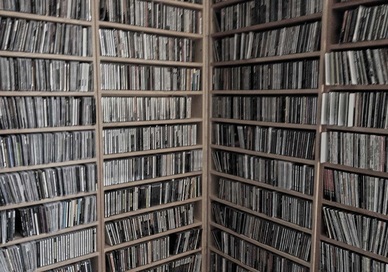

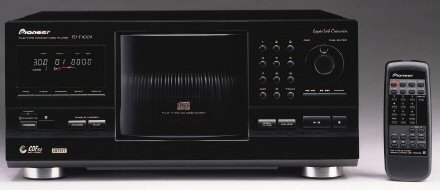

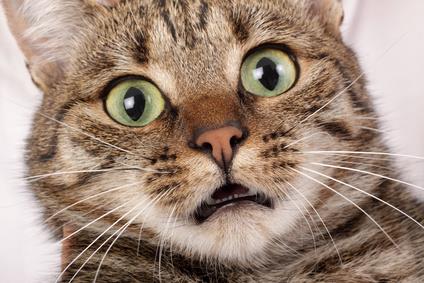
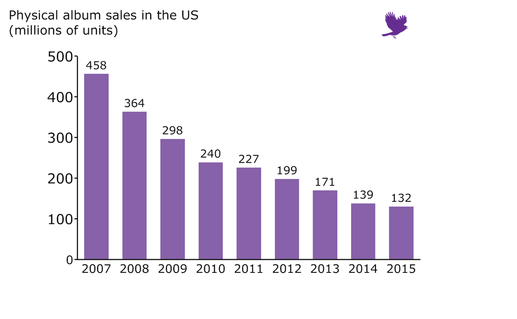
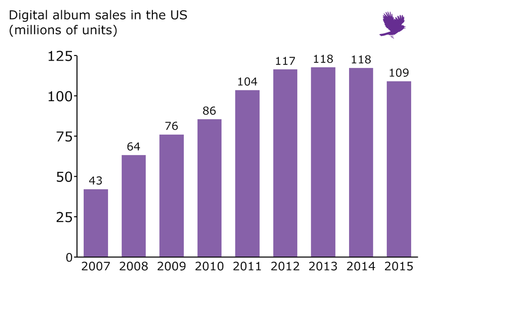
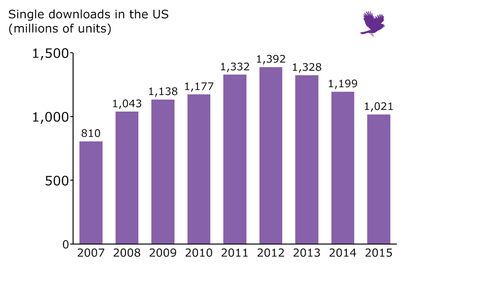
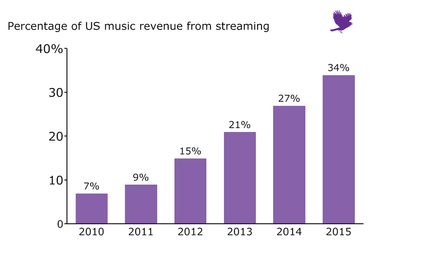

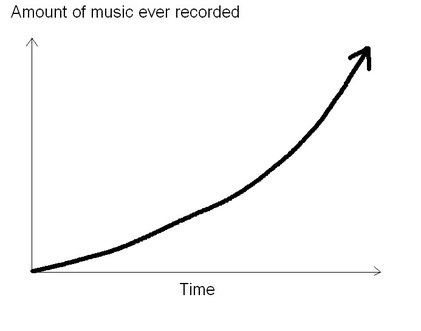
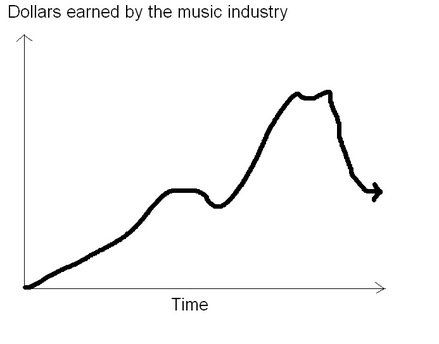
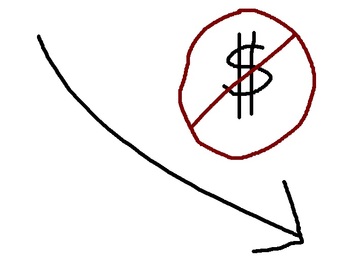

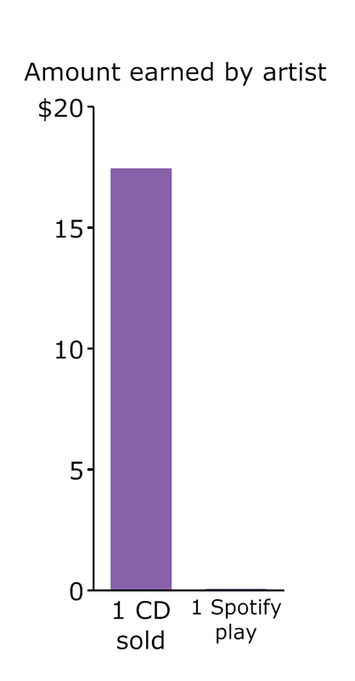



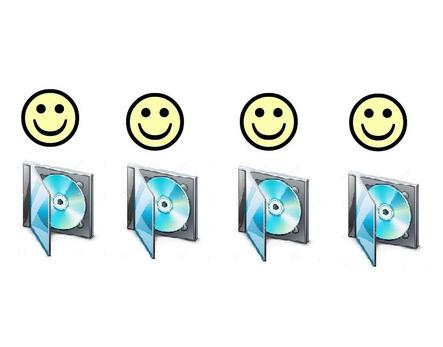
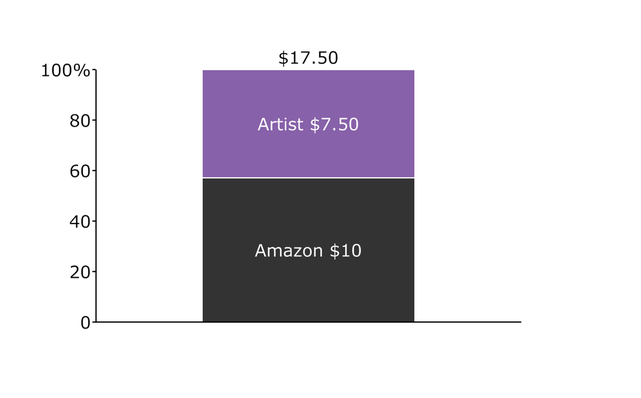
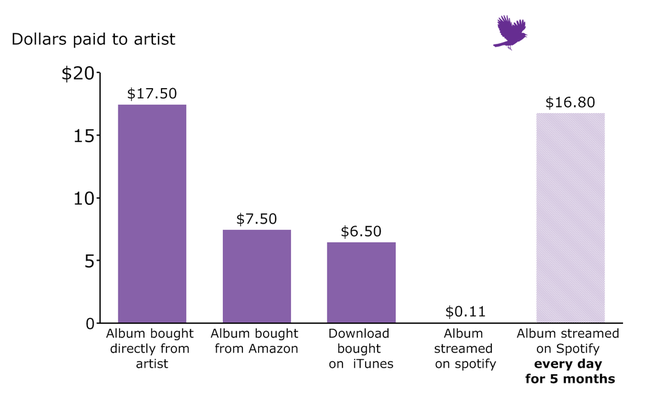
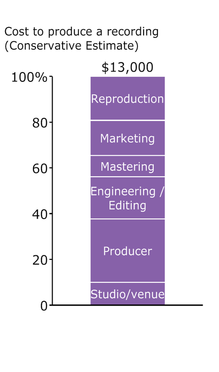

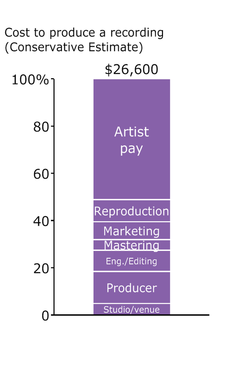
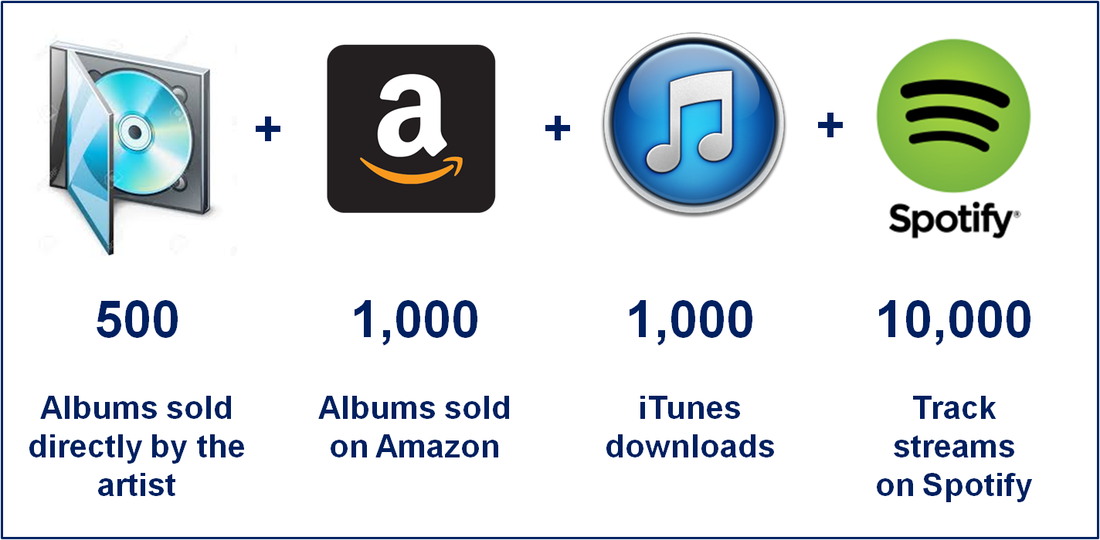



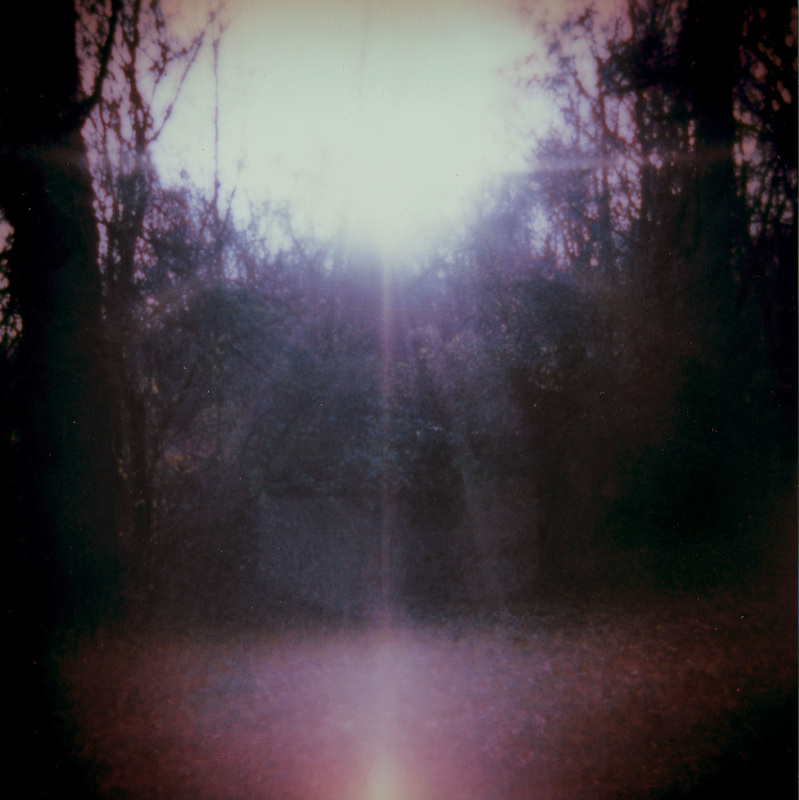


 RSS Feed
RSS Feed

